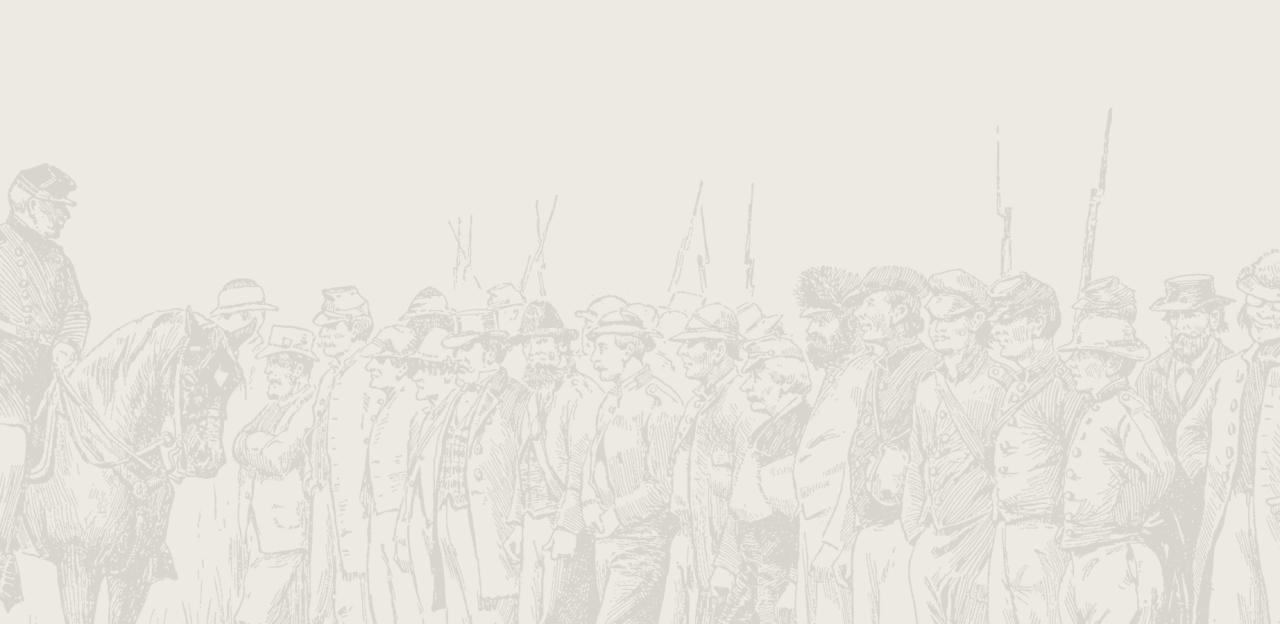Richmond

The Battle of Richmond
In August 1862, Maj. Gen. Edmund Kirby Smith’s Army of Kentucky with 6,500 Confederates operated in eastern Kentucky in support of Gen. Braxton Bragg’s invading Army of Mississippi. Bragg and Smith sought to support pro-Confederate political forces in the Union-held border state and to seek out new recruits.
While Bragg advanced his army north from Tennessee, Smith moved toward Richmond, Kentucky. Beyond Richmond were the railroad center at Lexington and the state capital at Frankfort. Brig. Gen. Patrick R. Cleburne’s division led Smith’s force while Col. John S. Scott’s cavalry brigade screened Cleburne’s infantry.
On the morning of August 29, Scott’s cavalry ran into a Union brigade of four Indiana regiments and two artillery batteries under Brig. Gen. Mahlon D. Manson near Rogersville, seven miles south of Richmond. After a sharp clash, Manson’s Hoosiers pushed the Confederates back. The Federal pursuit was halted when Manson’s regiments met Cleburne’s main line of infantry astride the Richmond-Kingston Pike. That evening, Manson requested reinforcements from his division commander, Maj. Gen. William “Bull” Nelson in Lexington. Nelson ordered forward the brigade of Brig. Gen. Charles Cruft to support Manson.
On the morning of August 30, after a brief artillery duel, Cleburne attacked Manson near Mt. Zion Church. Another Confederate division under Brig. General Thomas Churchill supported Cleburne and attacked the Union right. Cruft’s brigade arrived on the field but it was not enough. With pressure on both flanks, the Union line gave way shortly before noon. The shattered Federal regiments fell back to the area around the Rogers House. Unable to rally their men there, Manson and Cruft retreated to the Duncannon Road, about a mile north on the turnpike. Manson placed his brigade on the east side of the road with Cruft on the west side, supported by two artillery batteries. Cleburne and Churchill pressed forward heavily, and the Union line collapsed entirely early in the afternoon. The Union soldiers fled north in complete disorder toward Richmond, six miles away.
Nelson learned of the fight and arrived on the field. For a short time, he rallied his men and formed a battle-line in the Richmond Cemetery just south of the city. With darkness approaching, Smith ordered Cleburne to attack again and the entire Union line collapsed. Panicked Federal troops filled the streets of Richmond in mass confusion. Smith ordered Scott’s cavalry to cut off any escape routes for the Federals. Just after dark, Scott’s troopers hit the routed Federals two miles north of Richmond and captured most of Nelson’s men.
Of the 6,800 Union troops engaged at Richmond, around 4,000 were captured. The others escaped or were left dead or wounded on the battlefield. Smith went on the capture Frankfort on September 2, the only Federal state capital to fall during the entire war. Smith and Bragg never successfully united their forces, and with Bragg’s retreat after his defeat at Perryville on October 8, the Kentucky campaign ended.


